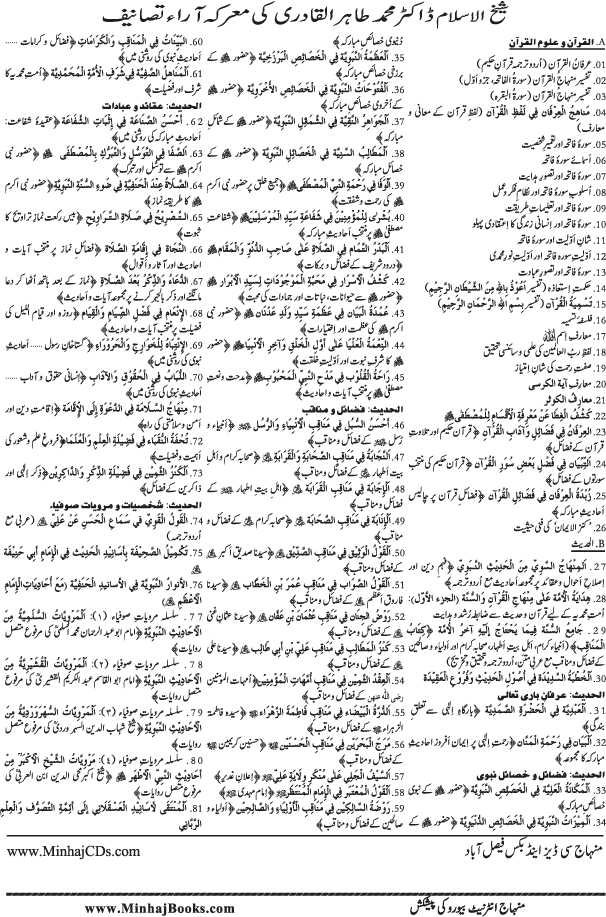Have you ever encountered the frustrating puzzle of garbled text, where your carefully crafted words transform into an unintelligible jumble of symbols? This common digital dilemma, often associated with Arabic text, highlights the crucial importance of character encoding and its impact on how we experience information across the digital landscape.
The issue, frequently manifesting as a string of seemingly random characters, stems from a mismatch between the encoding used to store the text and the encoding used to display it. When the software interpreting the text doesn't understand the encoding, it attempts to interpret the binary data using the wrong rules, resulting in the substitution of characters. This problem isn't limited to Arabic; it can affect any language that uses a character set different from the one the system expects. The root cause is almost always related to the way the data is stored, transmitted, or viewed.
Consider the scenario of a user working with Arabic text in a .sql file. When viewed in a standard text editor, the Arabic script might appear as gibberish. However, the same text, when rendered within an HTML document, can be correctly displayed. The difference usually lies in the declaration of character encoding within the HTML document's header, which tells the browser how to interpret the bytes.
This seemingly technical detail has far-reaching implications. It affects how people communicate, access information, and preserve cultural heritage. In the digital age, where information is constantly crossing borders and platforms, ensuring that text is accurately represented is paramount.
Take, for instance, the poetic works of Badr Shakir al-Sayyab, a prominent figure in modern Arabic poetry. Imagine the distortion that would occur if his verses were rendered in a nonsensical string of symbols. The beauty, the meaning, the very essence of his words would be lost. The same holds true for any form of text, whether it's a scientific paper, a legal document, or a simple personal message. The accurate display of text is fundamental to effective communication.
The challenges related to encoding are not new. They've been a persistent issue since the early days of computing. The rise of Unicode, a character encoding standard that aims to encompass all written languages, was a significant step forward in resolving these problems. Unicode provides a unique number for every character, regardless of the platform, program, or language, theoretically making cross-platform text exchange seamless. However, implementation has been a gradual process, and compatibility issues still persist.
Different software applications and operating systems have their own default character encodings. When these systems exchange data, the potential for errors arises if they don't use a compatible encoding. SQL databases, text editors, web browsers, and even email clients need to be configured correctly to handle different character encodings. The lack of consistency can lead to data corruption and communication breakdowns.
One of the most common problems arises when converting text from one format to another. For example, converting Roman Urdu to true Urdu, which is a language that is written using the Arabic script, may lead to encoding issues if the conversion tools are not properly configured to handle the nuances of the Arabic script. This can result in the loss of information and a misrepresentation of the original content.
The online world further complicates matters. Websites, for instance, need to declare the character encoding they use in their HTML headers. This declaration tells the browser which encoding to use when displaying the text. If the declaration is incorrect, or if the server sends an encoding declaration that conflicts with the actual encoding of the content, the text can appear distorted.
The issues are not only about technical details. Incorrect character display has practical consequences. In multilingual environments, it hinders communication, damages information accuracy, and affects user experience. In the worst cases, it may even lead to legal or financial consequences due to misinterpreted data.
Solutions to these encoding problems include using Unicode (UTF-8 is often the preferred choice), ensuring that all software applications are configured to use the same encoding, and correctly declaring the character encoding in all documents and web pages. Careful attention to these details can save considerable frustration and prevent the loss of valuable information.
In conclusion, the seemingly simple act of displaying text correctly is a complex process involving character encoding. The issues related to character encoding are persistent and can lead to frustrating results. However, with careful attention to detail and by understanding the intricacies of Unicode and encoding standards, we can ensure that information is accurately represented and readily accessible across the digital landscape.
| Category | Details |
|---|---|
| Topic | Character Encoding Issues, particularly with Arabic text |
| Problem Description | Arabic text displaying as strange characters (e.g., الÙباى انگÙ) instead of the intended script. This occurs due to character encoding mismatches. |
| Common Causes |
|
| Affected Environments |
|
| Impact |
|
| Solutions |
|
| Relevant Technologies |
|
| Additional Information | For in-depth information, refer to resources about character encoding from organizations like the Unicode Consortium. |
| Further Reading | Unicode Consortium Website |



